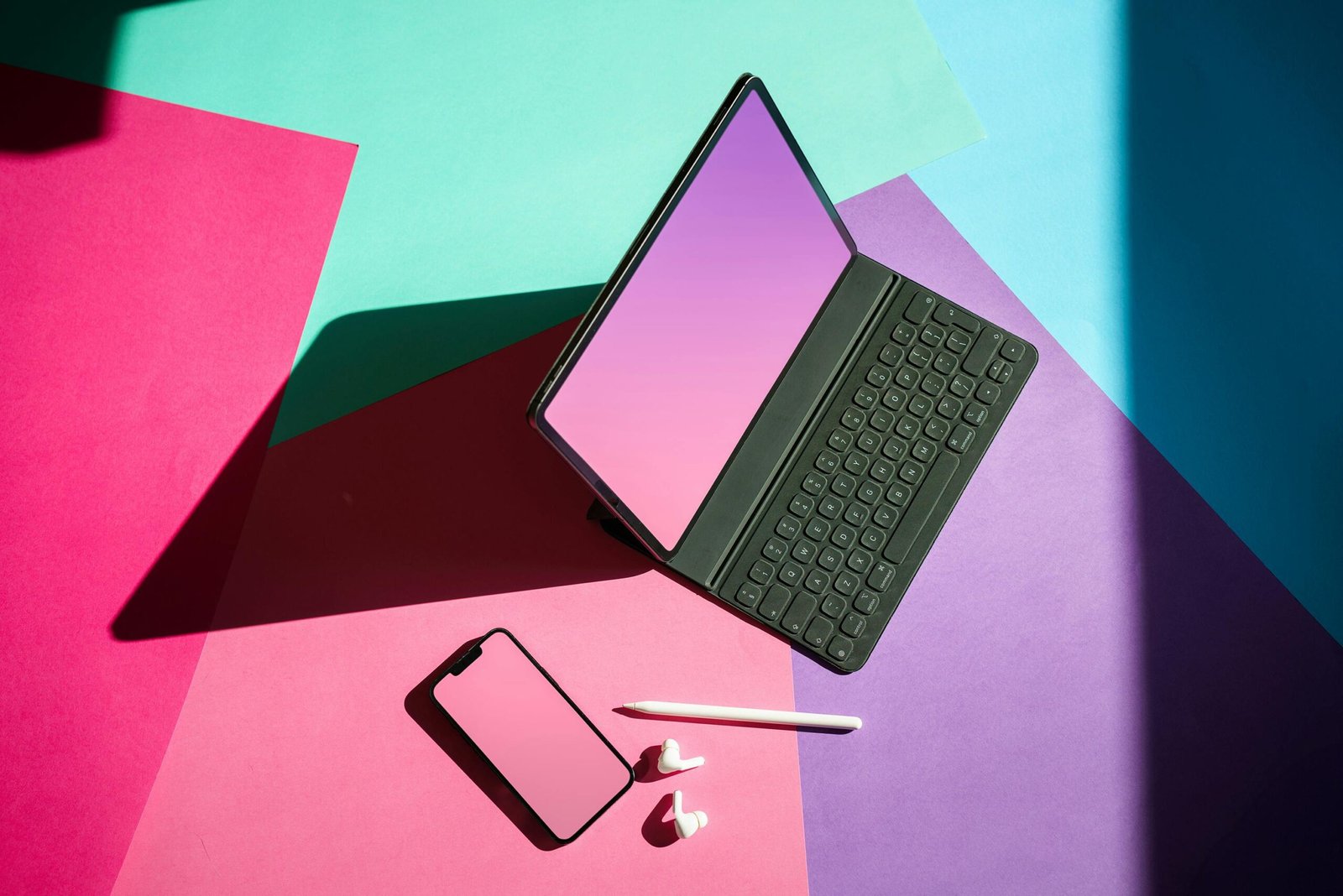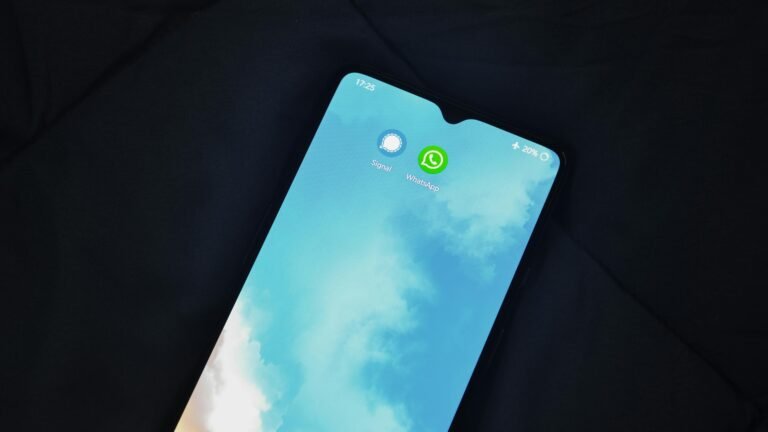How to Patent an App Idea: A Complete Guide for Developers
Introduction
In today’s competitive digital landscape, having an innovative mobile app idea can be a game-changer. However, the journey from an idea to a fully developed and patented app is no easy feat. With countless apps entering the market, mobile app patenting becomes crucial to protect your intellectual property. This guide will walk you through the comprehensive process of patenting a mobile app, providing all the essential steps and legal insights.
Whether you’re an app developer or a tech entrepreneur, understanding how to patent your app and secure your invention is key to safeguarding your idea. Let’s dive into the steps needed to patent your mobile app and explore how to protect your innovative software.

Can You Protect Your App Concept with a Patent?
Before you embark on the journey of mobile app patenting, it’s essential to understand the rules. A common misconception is that an app concept alone can be patented. In reality, you cannot patent an idea or a concept; you need a fully functional, tangible invention. The patent mobile app invention must go beyond abstract ideas and be defined clearly in technical terms.
To qualify for a software patent application, your app must solve a real problem and have a novel, non-obvious function. This means your app idea protection methods must be linked to something concrete, like an algorithm or technology, and not just a theoretical idea. Once you’ve defined your app’s unique functionality, you’re ready to consider filing for a patent.
Is Your App Idea Patent-Worthy? Criteria to Consider Before Filing
To determine if your mobile app is eligible for patent protection, several critical factors must be considered. Patent eligibility for mobile applications relies on whether your app is unique, practical, and inventive. It is vital to ensure that your mobile app intellectual property rights are intact before you move ahead with a patent.
1. Uniqueness and Novelty of Your App Idea
Your app must be original, and there should be no other product like it in the market. If your app is similar to something already available, it might be hard to get a patent. Patent search for mobile apps is crucial to avoid infringing on existing inventions.
2. The Utility of Your App
For your app to be considered for utility patents for software applications, it must offer a useful solution to a problem. A mobile app must provide practical, real-world value, rather than being an abstract concept.
3. Invention vs. Improvement
If your app is a completely new invention, it stands a higher chance of being patented. However, even improvements to existing apps can be patented under app development patent protection, as long as they offer new functionality.
Navigating the Patent Process: Steps for Successful Patenting
Once you’ve ensured your app is patent-worthy, it’s time to begin the mobile app patenting process. This is where things get technical, so it’s important to be thorough and organized throughout the patent application process for apps.
Step 1: Determine the Type of Patent You Need
There are several types of patents, but for a mobile app, the most common type is the utility patent. Utility patents for software applications protect the functional aspects of your app. Depending on your app’s design and purpose, you may also want to look into design patents for its aesthetic elements.
Step 2: Conduct a Thorough Patent Search
A critical step is performing a detailed patent search for mobile apps. This ensures no one else has already patented a similar idea. Without this search, you risk infringing on someone else’s intellectual property, leading to legal trouble down the road.
Step 3: Prepare and File Your Patent Application
Once your patent search is complete, it’s time to prepare your software patent application. This step involves submitting technical drawings, specifications, and descriptions of how your app works. You may want to hire a patent lawyer for mobile apps to help with this part.
Step 4: File Your Provisional or Non-Provisional Patent
When you’re ready to move forward, you’ll choose between a provisional patent for software or a non-provisional one. A provisional patent is quicker and less expensive but only gives temporary protection. The non-provisional patent offers long-term protection but takes longer to process.
Step 5: Respond to Any Office Actions Promptly
After filing your patent, the patent office may request further clarification or revisions through office actions. Make sure to respond quickly and accurately to keep the process moving forward. Failure to respond can delay or derail the entire patenting process.
Step 6: Pay Maintenance Fees After Your App is Patented
Once your app is successfully patented, you’ll need to pay regular maintenance fees to keep it protected. These fees are paid to ensure that your mobile app intellectual property rights remain active throughout the patent’s duration.
Benefits of Patenting an App
Securing a patent for your mobile app offers a range of benefits, from legal protection to potential financial gain. Here’s how app patent requirements can give your app an edge in the competitive tech market.
Competitive Edge
By obtaining a patent, you protect your app from competitors, preventing others from copying or duplicating your idea. This provides a significant advantage in crowded markets and ensures your app stands out.
Enhanced Value
Patenting your app increases its overall value, especially when seeking investors. A patent gives your app credibility, assuring stakeholders that your idea is original and protected by law.
Funding Facilitator
Investors are more likely to fund an app that is protected by a patent. A patented app is seen as a safer investment, giving you a better chance of securing funding for development and scaling.
The Price of Protection: Understanding the Cost of Patenting Your App
While the costs of patenting a mobile app can be significant, it’s a worthwhile investment for protecting your intellectual property. Filing a patent for mobile apps includes multiple expenses, from application fees to maintenance costs.
On average, filing a provisional patent for software can cost between $2,000 to $5,000, while a non-provisional patent can range from $10,000 to $15,000. Additionally, maintenance fees are required every few years to keep the patent active, ranging from $400 to $7,000, depending on the duration.
Closing Thoughts
In the fast-evolving world of app development, protecting your idea with a patent is a crucial step. The mobile app patenting process may seem daunting, but with the right approach and expert assistance, it can ensure your innovation is safeguarded. By securing a patent, you not only shield your app from competitors but also increase its market value, paving the way for growth and investment.
If you’re ready to bring your app idea to life and protect it legally, now is the time to take action. Whether you need help with development or navigating the legal steps for app patent, we’re here to help you through every stage. Take the first step today and secure your app’s future!
boost your business with the help of guest posting contact now (contact form link)







